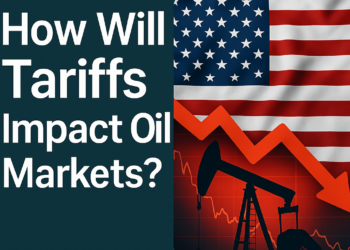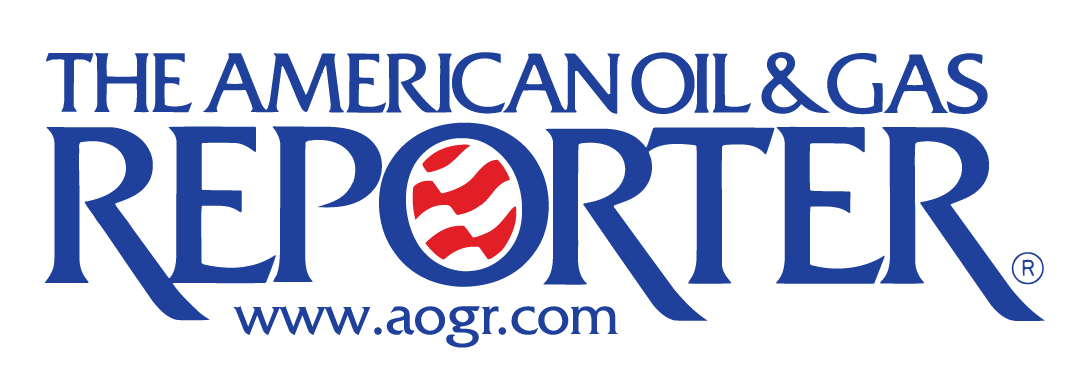The global markets have experienced a significant downturn this week, marked by steep declines in both equity and oil markets, driven by concerns over slowing economic growth and weaker-than-expected jobs data. It was a tough week for Wall Street, with the Nasdaq dropping 2.6% on the day and 5.8% for the week—its worst performance since January 2022. The S&P 500 and the Dow were also deep in the red, both recording their worst weeks since March. The sharp decline in the stock market comes at a time when fears of a recession are once again dominating conversations, and the yield curve, long a reliable predictor of economic downturns, is signaling that a major slowdown could be on the horizon.

The August jobs report played a key role in this market upheaval. With only 142,000 new jobs added, significantly lower than the anticipated 161,000, it served as a stark reminder of the slowing momentum in the labor market. While the unemployment rate fell slightly from 4.3% to 4.2%, it’s the sluggish pace of job growth that has everyone concerned. The labor market slowdown is now widely seen as a clear sign that the U.S. economy may be headed for a recession, adding to the mounting pressure on the Federal Reserve to cut interest rates. Many analysts are expecting the Fed to implement a 25-basis-point rate cut later this month, but concerns are growing that this move may be too little, too late.

As if the weak job numbers weren’t enough, oil prices have taken a beating as well, falling to their lowest levels in 14 months. Brent crude fell to $71.06 per barrel, down 7.6% for the week, while West Texas Intermediate crude slid to $67.67, marking an 8% weekly loss. The significant drop in oil prices reflects growing concerns about a global economic slowdown, particularly in the U.S., where manufacturing activity has also shown signs of weakness. The latest report from the Institute for Supply Management (ISM) indicated a slowdown in manufacturing activity, further fueling worries about a cooling economy.

The oil market is under significant strain, not just from U.S. economic data but from global factors as well. OPEC+ recently announced plans to extend its voluntary production cuts of 2.2 million barrels per day until the end of November, yet this failed to provide much support for prices. With supply likely to outpace demand in the coming months, particularly as we enter a seasonal period of lower consumption, the outlook for oil prices remains grim. Analysts have pointed out that OPEC+ is “backed into a corner,” unable to unwind production cuts without driving prices even lower into the $60s range. The situation in the oil market is reminiscent of the delicate balance that exists between supply and demand, one that can easily be thrown off by shifts in global economic conditions. And with the U.S. economy showing signs of slowing down, it’s clear that demand for oil may not recover in the near term. The decline in gasoline and heating oil prices further adds to the bearish sentiment, with gasoline down 9.4% for the week and heating oil down 7.2%.
One of the most telling signals of an impending economic slowdown comes from the yield curve. The U.S. yield curve, which has been inverted for 27 months, is now showing signs of rapid dis-inversion. Historically, this dis-inversion has been a clear indicator of an approaching recession. While an inverted yield curve has long been seen as a precursor to a recession, it’s the dis-inversion that often signals the final stages of economic expansion before a downturn. The fact that we are now witnessing this shift, combined with the slowdown in the labor market, suggests that the U.S. economy may be headed for tougher times ahead. This dis-inversion, after such a prolonged period of inversion, points to the delayed impact of higher interest rates on the economy. The structure of the U.S. economy, with its reliance on fixed-rate mortgages and long-term corporate borrowing, has shielded many from the immediate effects of rate hikes. But as these macro lags begin to catch up, we are now starting to see the real impact of the Fed’s tightening cycle. The question is no longer whether the U.S. will experience a slowdown, but rather how deep that slowdown will be.

The fear and greed index, which tracks investor sentiment, has swung heavily towards fear in recent weeks. Markets are increasingly gripped by uncertainty, and the optimism that fueled gains earlier this year is quickly evaporating. It’s a classic case of overrepresentation of good news during periods of market exuberance, followed by a swift return to reality when the underlying fundamentals start to deteriorate. The market’s recent performance has highlighted just how fragile the recovery is, with both equity and oil markets reflecting growing concerns about a recession.

Looking ahead, the focus will be on the Federal Reserve and its upcoming policy decision. While a 25-basis-point rate cut is expected, there are growing calls for the Fed to take more aggressive action to stave off a recession. However, the Fed is walking a fine line—cut rates too quickly, and inflation could reignite; move too slowly, and the economy could tip into a deeper downturn. With so much at stake, the coming weeks will be crucial in determining the trajectory of both the U.S. economy and global markets.

















